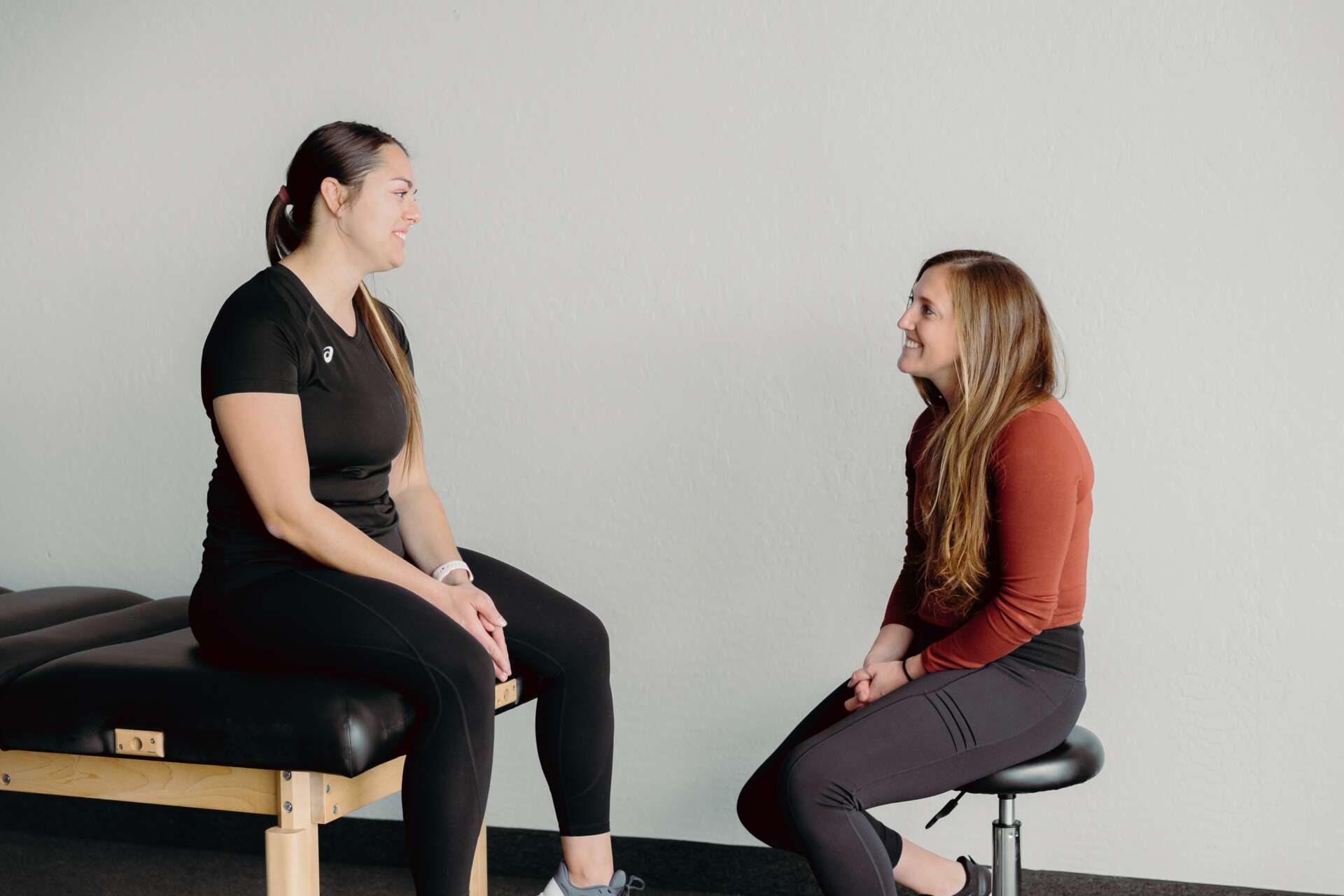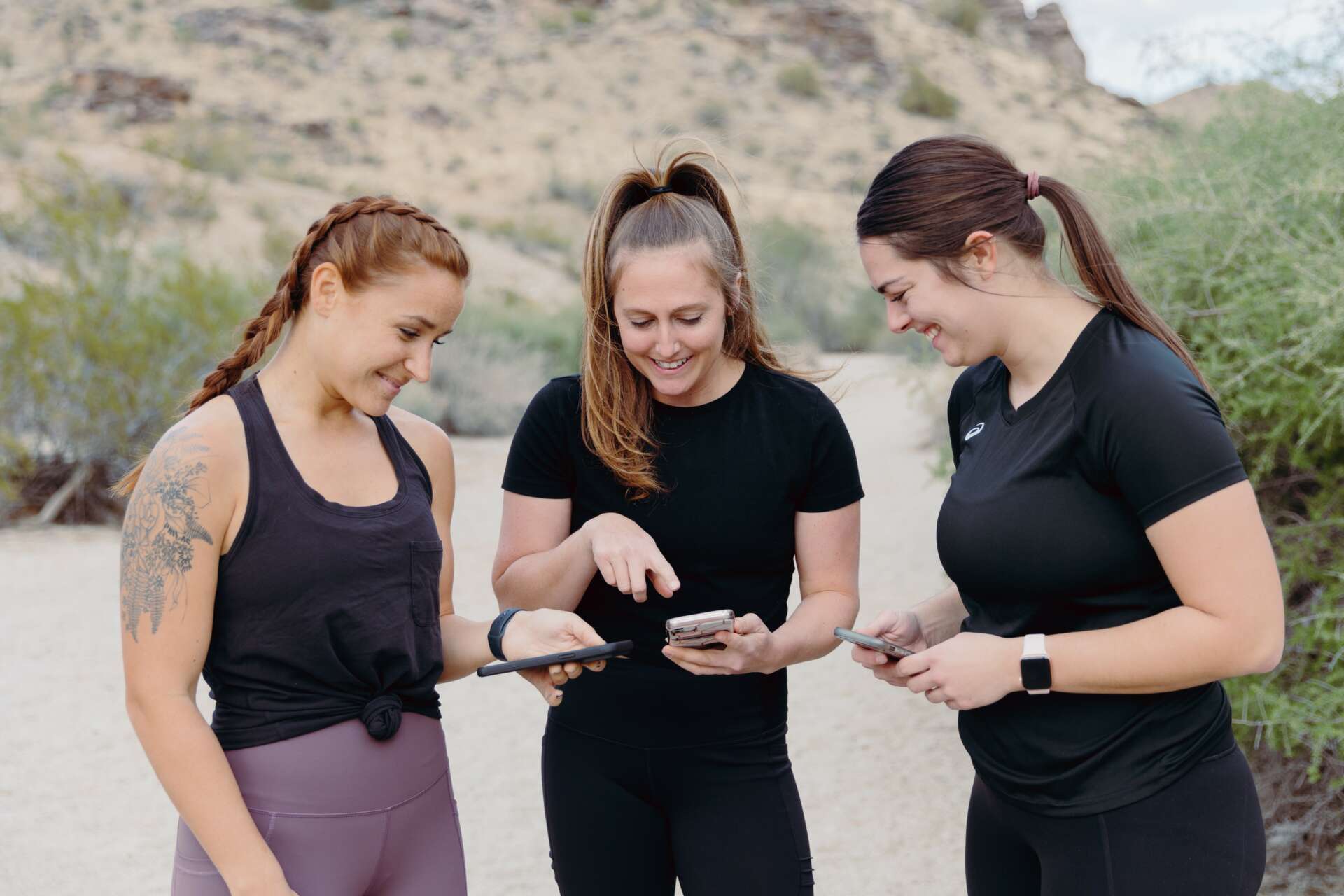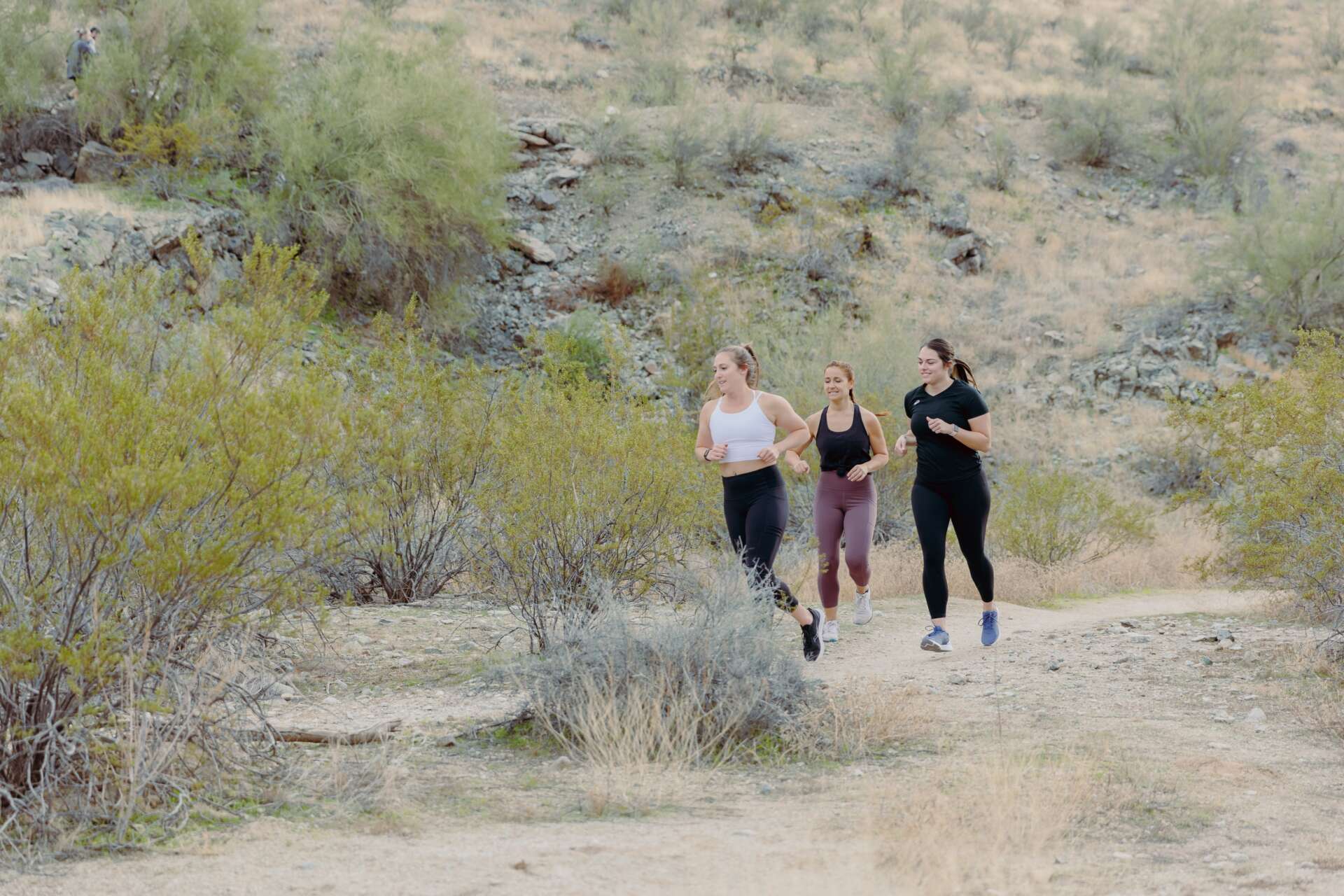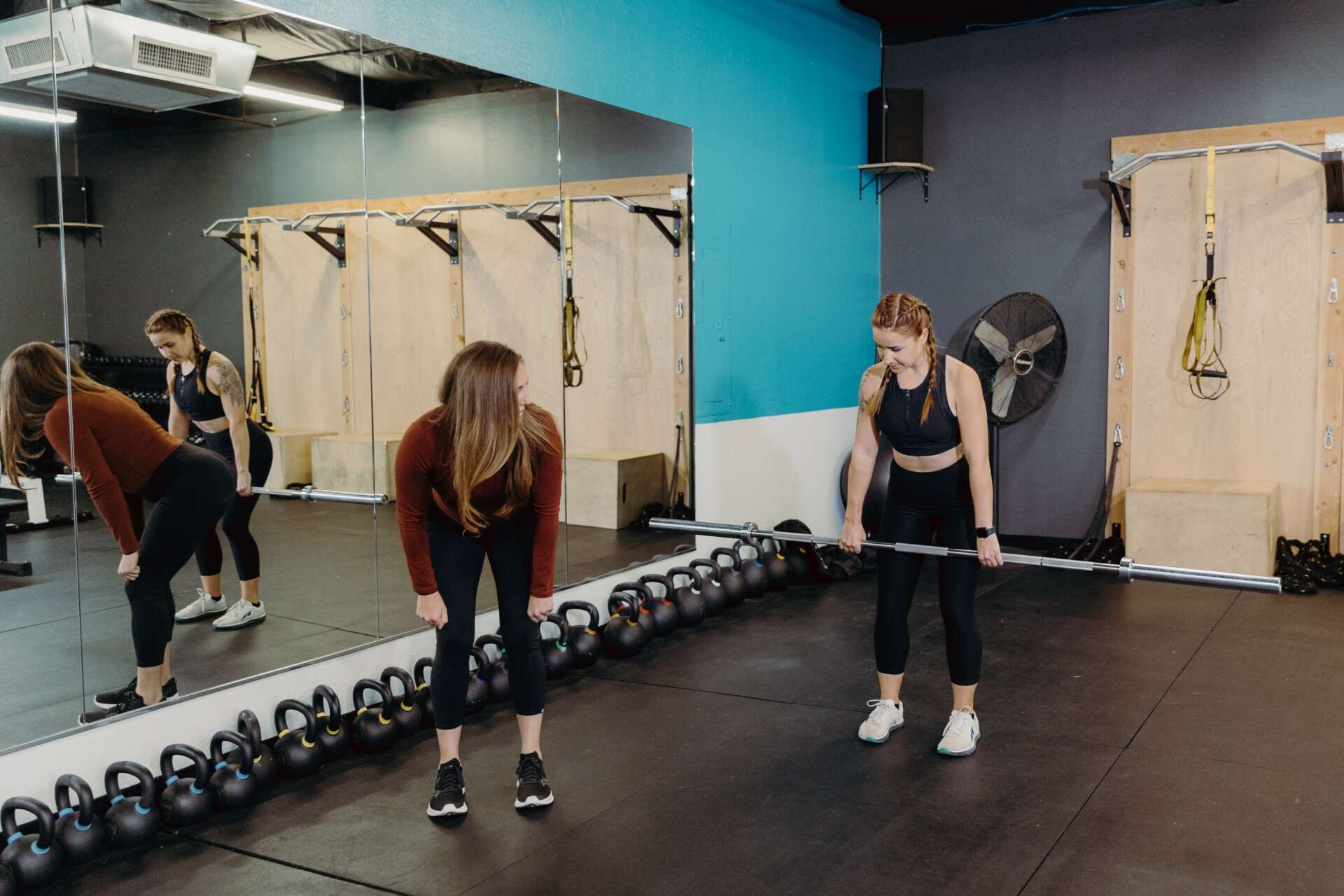We’re excited to introduce you to the always interesting and insightful Stephanie Mundt. We hope you’ll enjoy our conversation with Stephanie below.
Stephanie, thanks for taking the time to share your stories with us today Was there a defining moment in your professional career? A moment that changed the trajectory of your career?
The experience that really changed the trajectory of my career was working with another physical therapist to recover from a labral tear in my hip. After a few months of rehab, I was still struggling to walk or sleep without pain and was starting to question whether or not I would be able to run again. I distinctly remember my physical therapist asking, “When you feel hip pain, what does it mean to you?” It seems like a simple question, but it really struck me. I was making the pain mean that I would never run again and that I wouldn’t be able to help other people run again, if I couldn’t “fix” myself. Understanding my own pain experience helped reduce the fear and threat associated with it, and I really started to improve after that. Her curiosity and commitment to my journey, not just as an athlete but as a human, pushed me to start my own business so that I could help others in a similar way. Pain is incredibly complex and multifactorial and learning to stand alongside others as they work through their own healing journey has been invaluable in my own practice.



Awesome – so before we get into the rest of our questions, can you briefly introduce yourself to our readers.
I grew up in Iowa, running at a high level throughout my high school years. I got a scholarship to Arizona State University and was a member of the track and cross country teams, but my collegiate career got off to a rocky start. I had been struggling with an eating disorder since my junior year of high school and had started to experience bone stress injuries due to my low weight and poor bone health. I ended up in physical therapy after my 3rd stress fracture, which started to pique my curiosity about the profession. With intensive outpatient therapy I recovered from my eating disorder, and between injuries was able to race a few times for the Sun Devils. I decided to pursue a degree in physical therapy after graduating from ASU with the hopes of helping other injured runners, and completed a Doctorate of Physical Therapy from USC in 2017.
I had continued running throughout the years as a form of self-care and stress relief and continued to experience bone stress injuries. In 2018, I began having hip pain and discovered that I had a labral tear in my hip. I was absolutely devastated – even after years of school, I still was uncertain about what this injury meant for my future as a runner. I was lucky to find an incredible physical therapist and coach to help me rehabilitate. Working with her inspired me and gave me the confidence to start my own business, offering physical therapy and coaching to runners and other athletes in a way that felt right and that I could take pride in.
My business opened in 2020 and offers physical therapy, running coaching and strength coaching to athletes of all levels. The problem with traditional rehabilitation is that it doesn’t address the specific needs of the individual runner for the long-term or the areas that are most responsible for recurrent injuries – training, nutrition, sleep, and stress, to name a few. What I think and hope sets me apart is my ability to individually connect with clients and understand what they really need. My goal is to help each person under my care feel empowered to move in a way that feels good and to trust their body to perform.


Training and knowledge matter of course, but beyond that what do you think matters most in terms of succeeding in your field?
Training and knowledge do play a huge role in being successful as a physical therapist or coach, but potentially equally as important is one’s ability to listen to and get curious about other people. Listening to comprehend rather than respond, and communicating with your patients or clients in a way that helps them feel supported and encouraged, makes a huge difference in their outcomes or results. A strong interest in continuing to learn, grow and challenge your own biases is also helpful for succeeding in this field. This will help you evolve as a clinician, allowing you to reflect on & learn from mistakes to better help future clients and patients. Finally, networking with other professionals in the physical therapy realm as well as with clinicians in other facets of healthcare creates opportunities to collaborate on patient care and refer when appropriate, improving the patient experience and ultimately contributing to healthier, happier clients.
What’s a lesson you had to unlearn and what’s the backstory?
One of the biggest surprises coming out of school and into the “real world” as a physical therapist was that most of the humans who come to see you are not simply dealing with an ache or a pain. People are dealing with the loss of the ability to lift a grandchild, the loss of a social community, a loss of joy from their favorite activity. As physical therapists, we are not simply listening to symptoms, diagnosing an ailment from a textbook & quickly sending patients on their way. We get to learn about their lives and what’s important to them, then collaborate to form a plan to get them back to the activities they love. In order to do this, a lesson I had to unlearn was that there is always a root cause or source of injury or pain – in fact, most musculoskeletal pain, low back pain in particular, cannot be traced back to one specific cause. Pain is an incredibly complex and multifactorial experience, and we need to be able to relay this to our patients to avoid an incessant search for one specific thing to change or “fix”. We can still overcome pain & injury and empower our patients or clients while being transparent about the unknowns that exist in our field.
Contact Info:
- Website: www.volantept.com
- Instagram: @stephmundt.dpt
Image Credits
Melissa Tassone Photos


